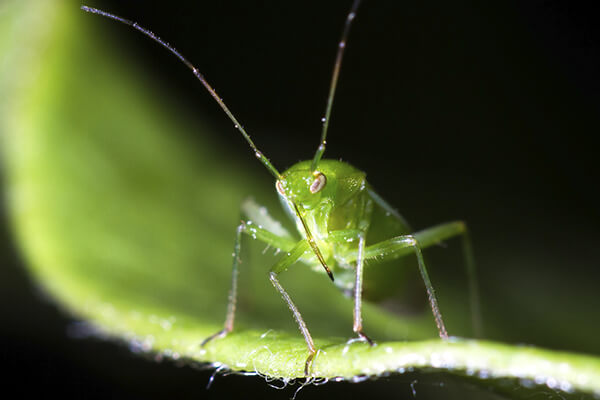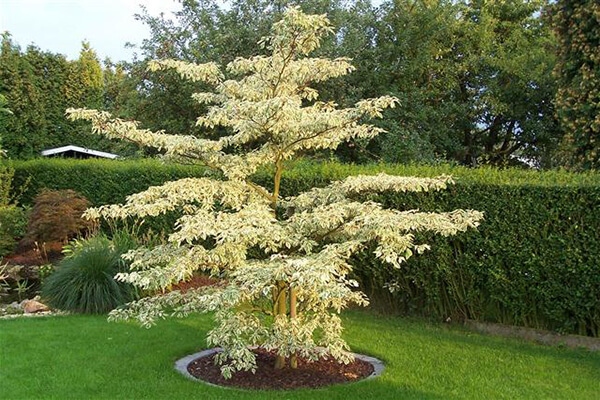This week Charlie Wilkins gives his thoughts on verbascums, light and shade in the garden and the capsid bug...
Topical tip
Unlike phlox, Verbascums are now in bloom near to the kitchen window, their small off-white blooms with furry purple stamens looking for the world as though clouds of small tawny or blushing moths had alighted all the way up the stalk.
They remain poised there all during midsummer and as they fade, they liberally spread their dust-like seeds.
Once you invest in a single plant, you’ll have them forever, just like Forget-me-Not.
In the variety ‘Cotswold King’ the blooms are yellow and cream, enormous by any standard and nicely scented.
‘Helen Johnson’ has moderately large deep pink flowers over grey leaves. All these grow to a metre in height.
Light and shade
I rest awhile from these weekly essays and look out through the measured window panes on to a scene that pleases in so many ways.
Cool green is dominant just now and the wedding cake tree, pictured above, which this year flowered more intensely than ever is slowly shedding its Queen Ann-type blooms across the narrow, closely cropped lawn.
Short shadows huddle under its shade and as the hours pass it grows deeper and heavy with portent.
Through the borders, the violence of the light bleaches colour from all but the most determined.
Pale blue which normally wouldn’t stand a chance is uncannily evident and showing best in the earliest delphiniums.
The clutches of purple alliums react with indifference however and sway to and fro with the white forms in the softest of breezes.

The capsid bug
This leggy, greenish bug does most of its work in May and June, moving like greased lightning around the underside of the plant foliage.
Capsid bugs overwinter among the shoots of favoured woody plants such as the apple or hawthorn tree, before they breed and feed and generally cause havoc to the soft shoots of developing herbaceous shoots and late-flowering shrubs.
A shrub it notoriously ruins is Caryopteris, the late-summer, blue-flowered shrub with lavender-scented leaves.
He plays havoc also with fuchsias so spray both with a systemic insecticide if you notice it puckering the tips of shoots.


